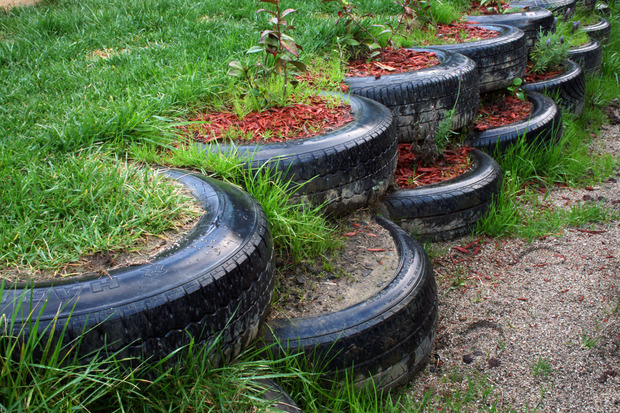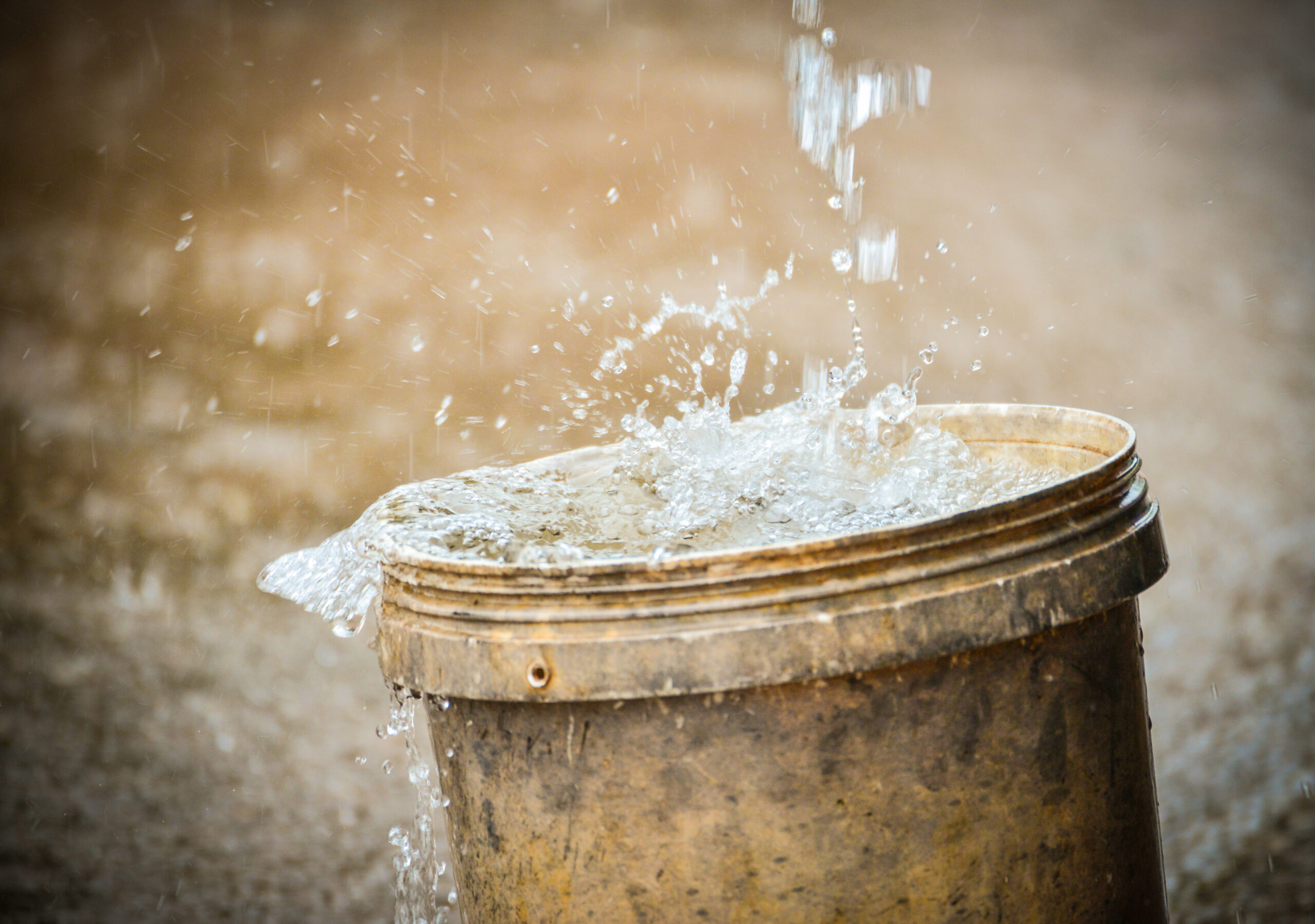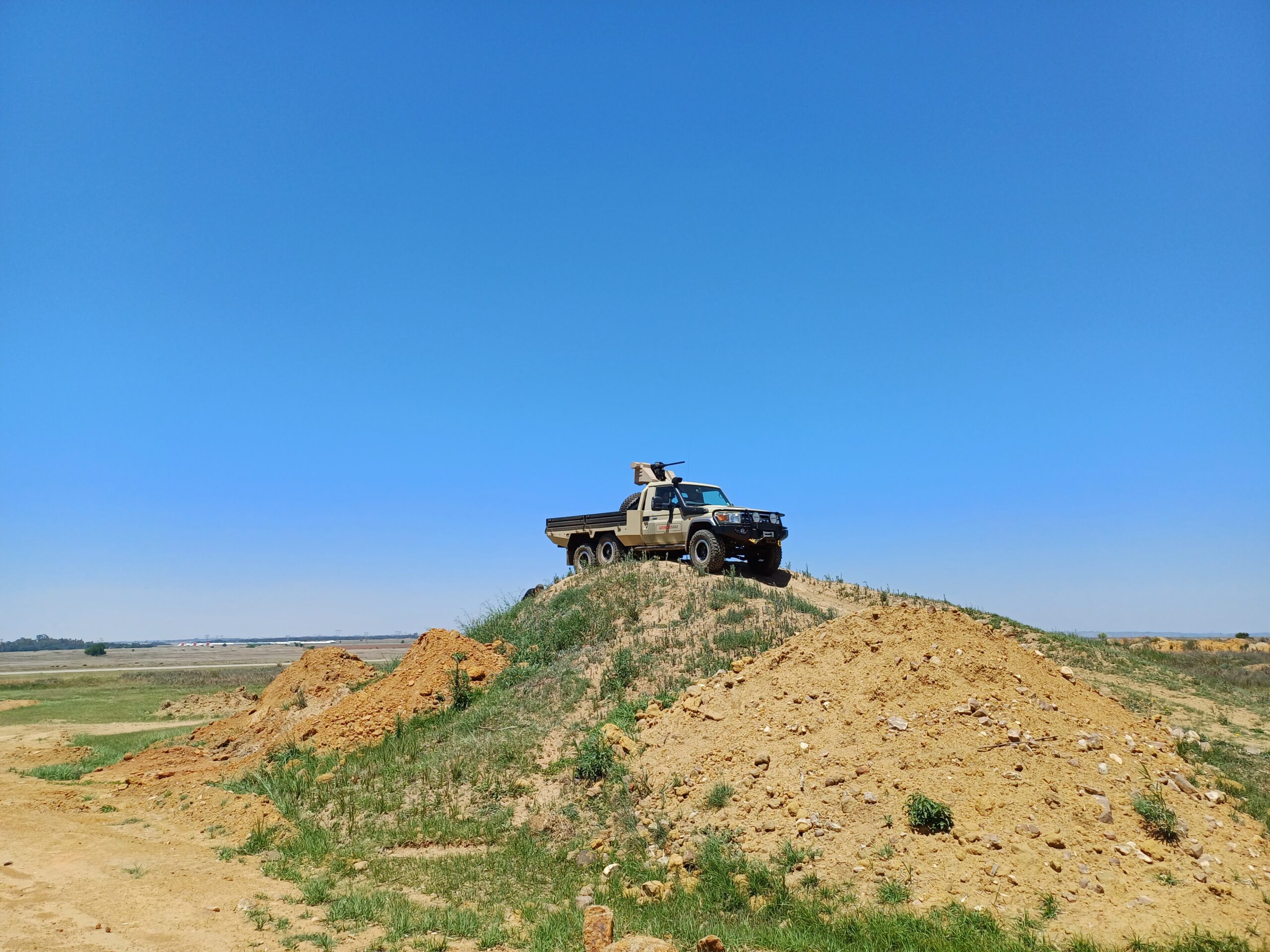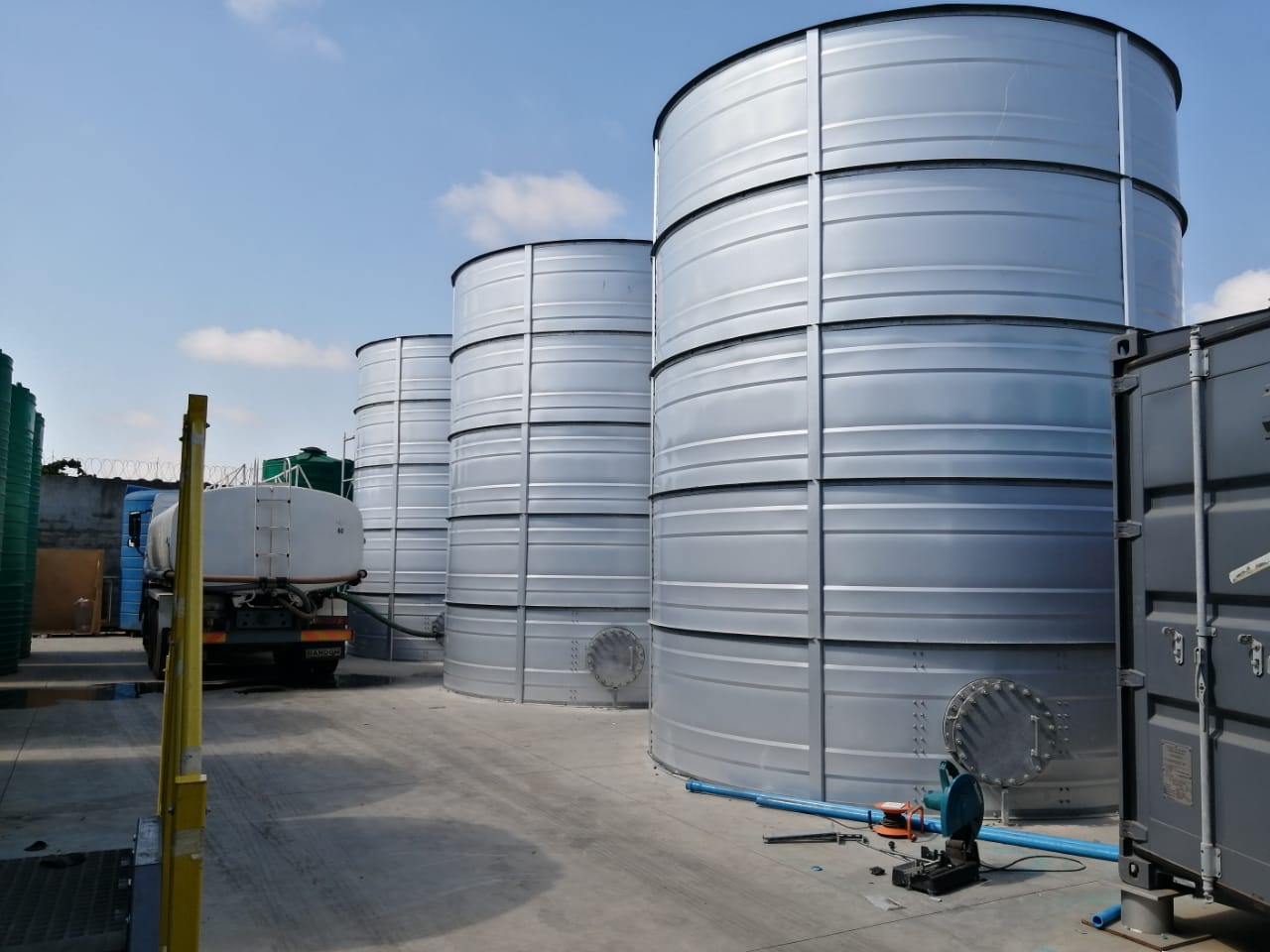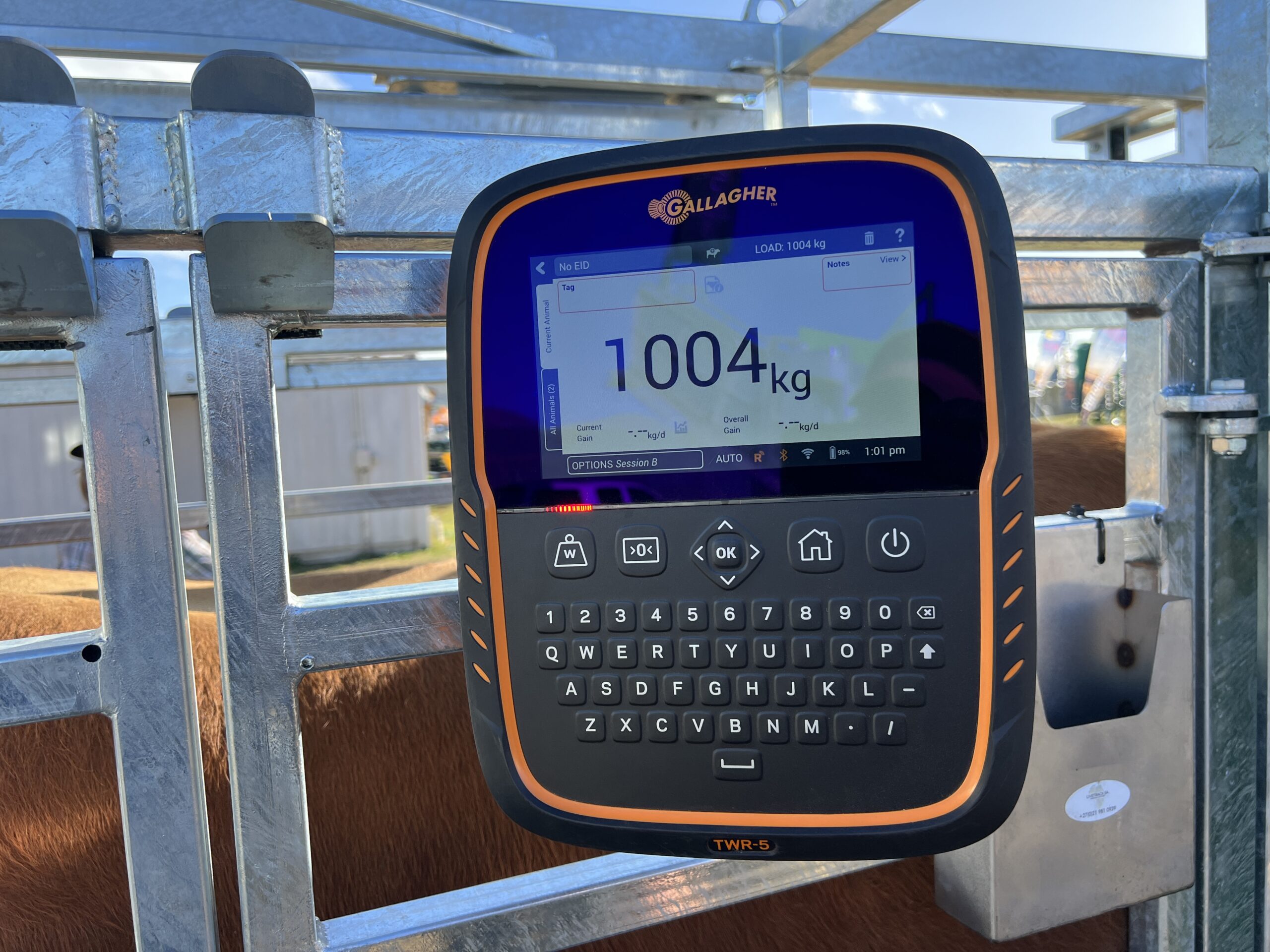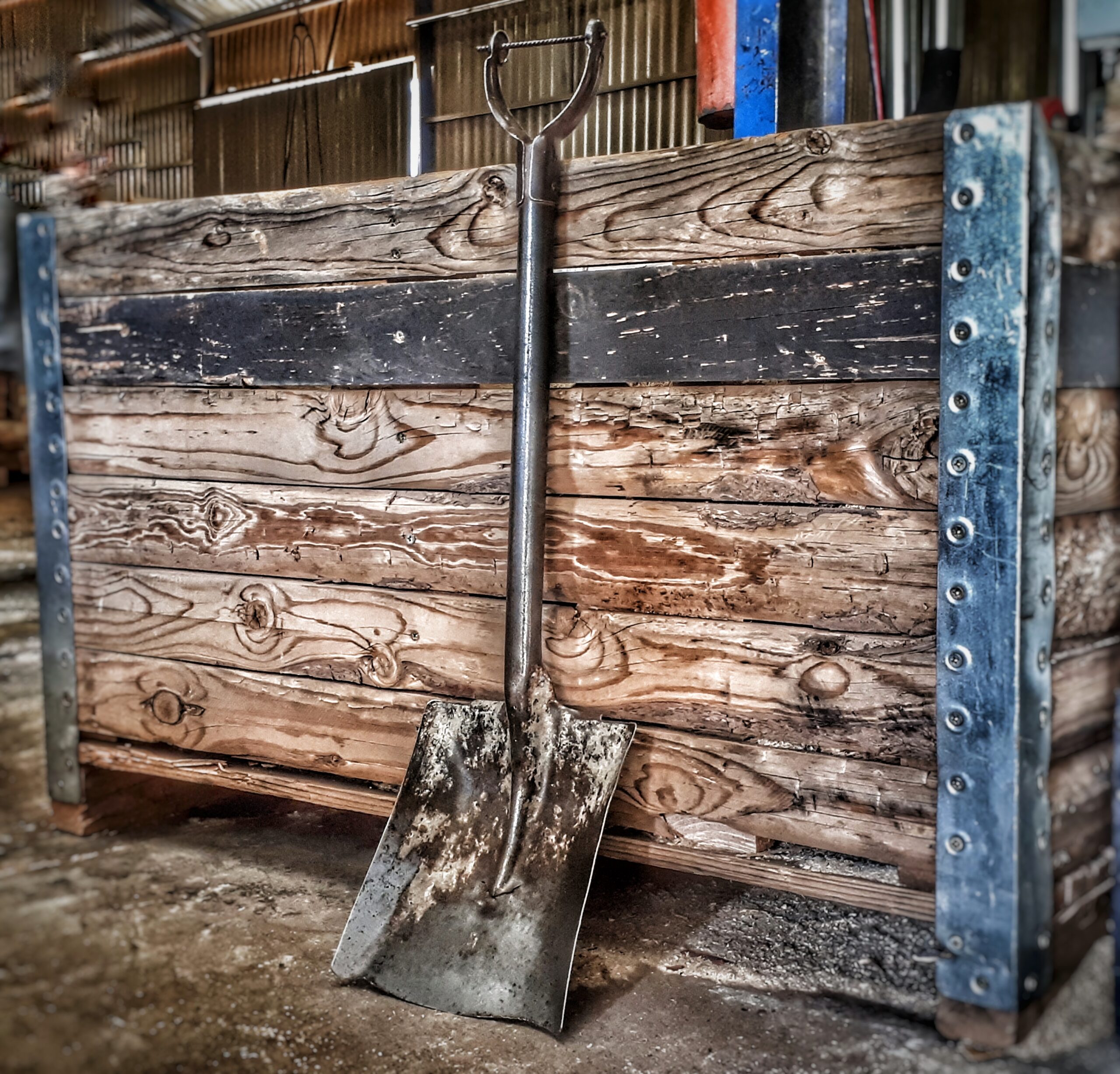The need to put carbon back into the soil where it belongs instead of being released into the atmosphere as carbon dioxide that contribute to global warming, is very real. There is no time to waste while the world is seeking environmentally friendly alternatives to using fossil fuels as energy, says Ken Coetzee of Environmental Management Services.
The term ‘carbon sequestration’ has become a buzzword in discussions about environmental issues. Ken explains what it is:
“Modern mechanised industrial agriculture has caused the leaching of carbon from the soil in cultivated croplands. The importance of returning carbon to the soil is a relatively recent aspect of the global warming mitigation debate, but it can help mitigate the present dire conditions.
“Up to between fifty and seventy percent of all cultivated soils in the world have lost most of their original carbon stocks. This is a result of exposure which causes the carbon stored in the soil to become oxidised and modified into atmospheric carbon dioxide (CO²).

The frequent use of chemical fertilisers and pesticides has a negative impact on soil microbiology.( Source: Pixabay)
“In addition, typical agricultural practices have resulted in an estimated loss of twenty billion tonnes of fertile topsoil every year and this represents a direct loss of carbon stored in the soil.
“Soil-carbon sequestration must thus be an essential part of global warming mitigation, and this can be partly achieved by restoring degraded and eroded landscapes.”
Unfortunately, there seems to be no urgency to stop and reverse these trends, which appear to continue unchecked. “We hear of the reforestation of tropical forests, the restoration of mangrove swamps, and the mass planting of trees in the Sahel in North Africa, but there is hardly ever a mention of large-scale soil erosion control.
“If we do not collectively take effective and committed action with much more urgency than at present, we shall see the destruction of our home.”
How is carbon lost from the soil?
Ploughing, subsequent erosion and the uncontrolled use of non-organic chemical fertilisers and pesticides exacerbate the problem.
Ploughing and erosion
Frequent ploughing disrupts the habitat of micro-organisms below the surface of the soil where plant litter and carbon is stored. Deep ploughing destroys the root environment that is the habitat of micro-organisms necessary for maximised growth. When these systems are exposed to solar radiation and oxidation, the soil loses its carbon.
“Therefore, a no-till or regenerative approach to crop production is a far better option for maintaining long term soil health,” suggests Ken.
Ploughing also leads to erosion, whether caused by wind or water. When soil surfaces are exposed because of a lack of plant cover, either by planting monoculture crops, tilling or overgrazing, the soil carbon is oxidized and lost as CO² into the atmosphere.

Regenerative agriculture which leaves the soil undisturbed aids carbon sequestration. (Source: Pixabay)
Chemical fertilisers and pesticides

Crop spraying with chemical herbicides and pesticides adds to pollution of the air and soil. (Source: Pixabay)
The frequent use of chemical fertilisers and pesticides, which include herbicides for plants, insecticides for insect pests and fungicides for unwanted fungi growth has a negative impact on soil microbiology. The loss of soil-forming organisms is followed by a reduction of organic material in the soil, which leads to the soil’s reduced capacity to store carbon.
“This can be offset by stimulating natural soil recycling by encouraging the application of organic material, including biochar and manure, to the soilto improve productivity and help lay an effective foundation for improved carbon storage.”
The quantity of carbon in the soil can be determined by soil carbon experts in a laboratory. “The depth of the dark layer of soil near the soil surface is a good layman’s indicator of organic soil carbon. The deeper and darker the soil, the better the soil carbon content.”

What are the objectives of soil carbon sequestration?
Mitigate global warming
Putting carbon back into the soil not only helps to mitigate global warming, but also offsets the continuing negative impact of burning fossil fuels. In addition, it improves the fertility of the soil that is essential to feed a rapidly expanding human population.
“Recent research has shown that more carbon is stored in the soil than in the atmosphere and all the combined plant life on earth,” says Ken. “It follows that every possible opportunity to increase soil carbon in all the ecosystems on earth should be explored and implemented as a matter of great urgency.”
Ken believes the restoration of soil-stored carbon is a relatively simple matter of returning the carbon to where it belongs, and one may ask why this is not being done more widely.
Biochar
According to Ken it is a well-known fact that ancient civilizations of Central and South America manufactured and used biochar very successfully for increasing the fertility of the soil for food production.
“Why have we chosen to ignore this historical technology and think that we can instead continue to use chemical fertilisers to produce enough food for our needs? We now know that we were mistaken, and that returning organic carbon to the soil is not only necessary for improving soil fertility, but also for creating a critical carbon sink that is needed to counteract global warming.”

Ploughing disturbs life in the soil, such as earthworms, that are essential for healthy plant growth. (Source: Pixabay)
Biochar is a charcoal-like substance made by burning organic material from agricultural and forestry wastes, also called biomass, at a high temperature called pyrolysis.
It looks like ordinary charcoal, but reduces Co2 in the atmosphere. It contributes to the mitigation of climate change by enriching the soil, reducing the need for chemical fertilisers and thereby lowering greenhouse gas emissions.
How is carbon captured and stored?
Photosynthesis
Photosynthesis is the process by which plants use sunlight, water, and carbon dioxide from the atmosphere to create oxygen and energy in the form of sugar, which is necessary for the plant’s growth.
Carbon that the plant does not need for its own growth is transferred by the roots, where it is humidified and stabilized, and used to feed the organisms in the soil. This improves water retention as well as the structure and fertility of the soil.
Mycorrhizal fungi
A primary vehicle for moving carbon into the soil is root fungi or mycorrhiza. Mycorrhizae is a symbiotic association between plant roots and fungi, and the term refers to the role of the fungus in the plant’s root system or rhizosphere.
Many plants have thread-like filaments that extend the reach of the plant roots to access sufficient nutrients and water. These filaments are coated with sticky glomalin, a substance that facilitates carbon storage in the soil.
“Plant roots, mycorrhizal fungi and glomalin are thus the key to carbon sequestration in the soil. A disturbance or loss of the plant cover on top of the soil, or of plant roots in the soil, will severely disrupt the ability of the soil to store carbon.”

Source: Pixabay
What can we do about soil carbon storage?
“We need to incentivise all land users, including landowners, farmers, game ranchers, foresters, conservation and agricultural authorities, as well as teachers, to change their actions towards a more regenerative approach in order to increase carbon sequestration
These actions can maximise carbon storage:
- effective landscape-scale soil erosion control;
- replanting of degraded areas;
- improved grazing and pasture management;
- mulching crop biomass rather than burning it;
- large-scale production and use of biochar to improve soil health;
- reduction of ploughing in favour of regenerative agriculture;
- the informed and sparing use of fertilisers, herbicides and insecticides;
- the restoration of important carbon sinks like peatlands, wetlands and grasslands.
Call to action
Ken believes it would be easier to put carbon back into the soil instead of reducing in CO2 emissions caused by using fossil fuels. “In the short term, it will probably be more easily achievable to put carbon back into the earth’s soils than to try to convert all the worlds’ fossil-fuelled vehicles into solar or hydrogen-powered machines.
“We need to actively work at restoring soil carbon while the transformation to safer power sources for transport is being considered, investigated, and implemented. It will still be a long time before we see the end of fossil fuels.

Ploughing leads to soil erosion. (Source: Pixabay)
“We simply cannot allow the restoration of soil carbon to be left behind while we search for ways to deal effectively with the fossil fuel crisis; it has become clear that we now depend on maximum effective carbon sequestration for our ultimate survival.”
Contact Ken Coetzee at Conservation Management Services at +27 76-227-5056 or consken@mweb.co.za.
References
Bassham, J. A. (2022) Photosynthesis. Britannica https://www.britannica.com/science/photosynthesis
Mycorrhiza (2021) Wikipedia https://en.wikipedia.org/wiki/Mycorrhiza
Spears, S. (2018) What is biochar? Regeneration International. https://regenerationinternational.org/2018/05/16/what-is-biochar/


